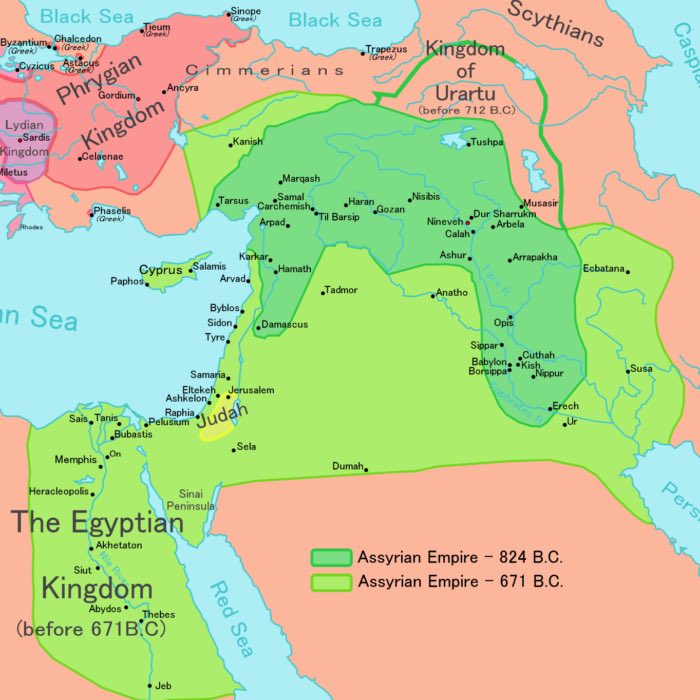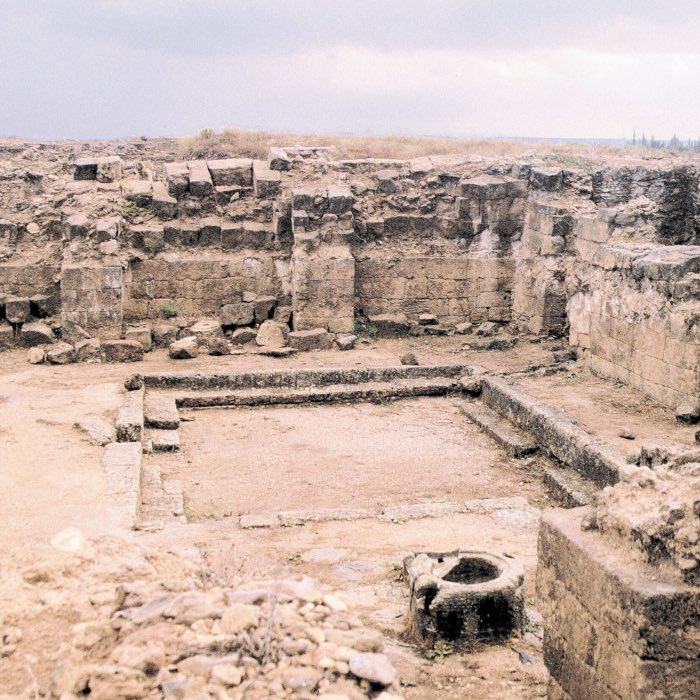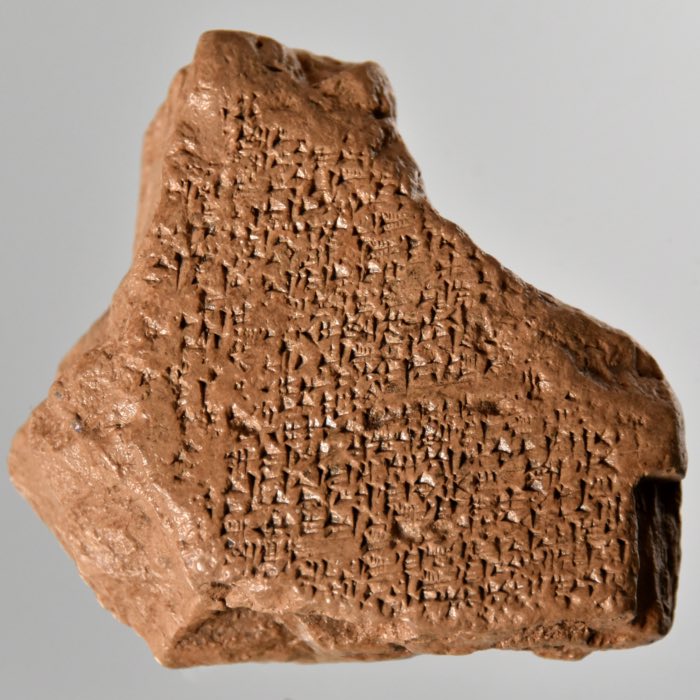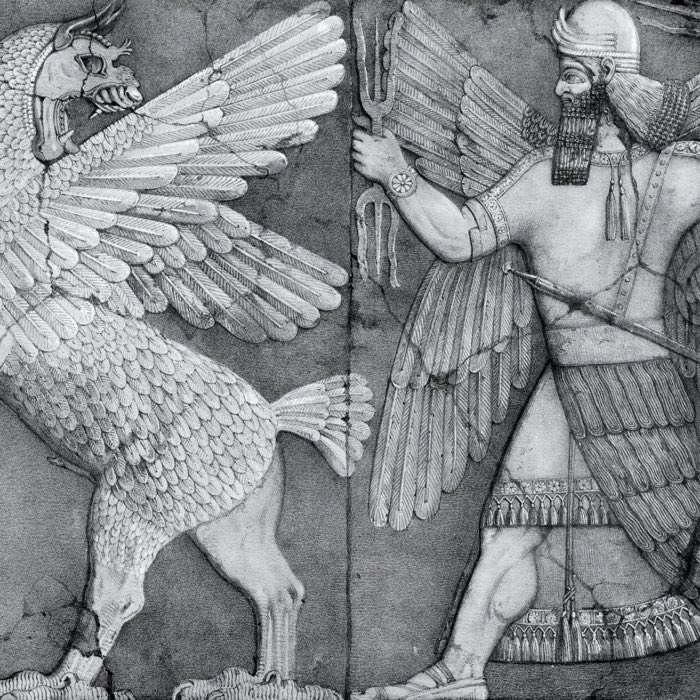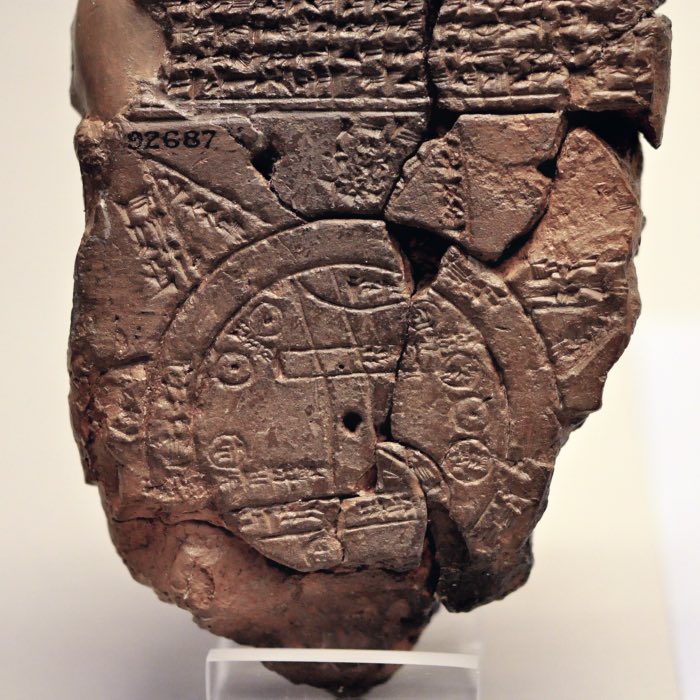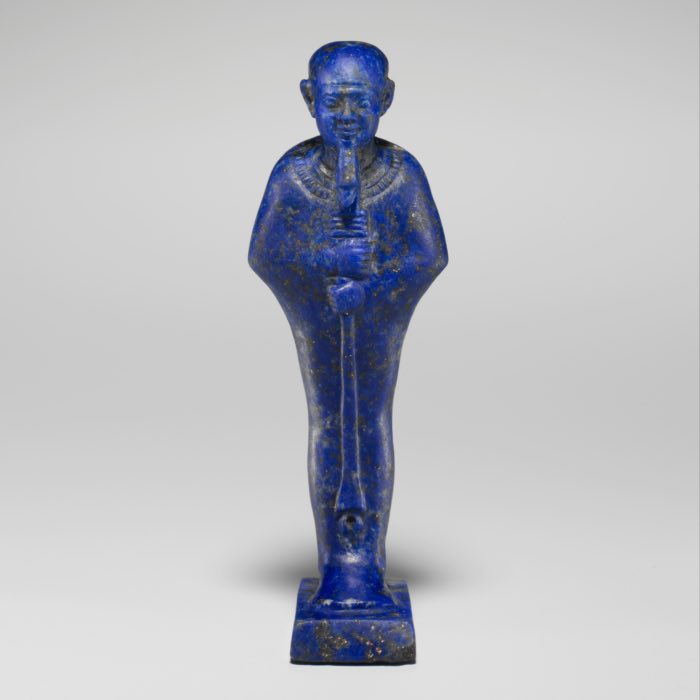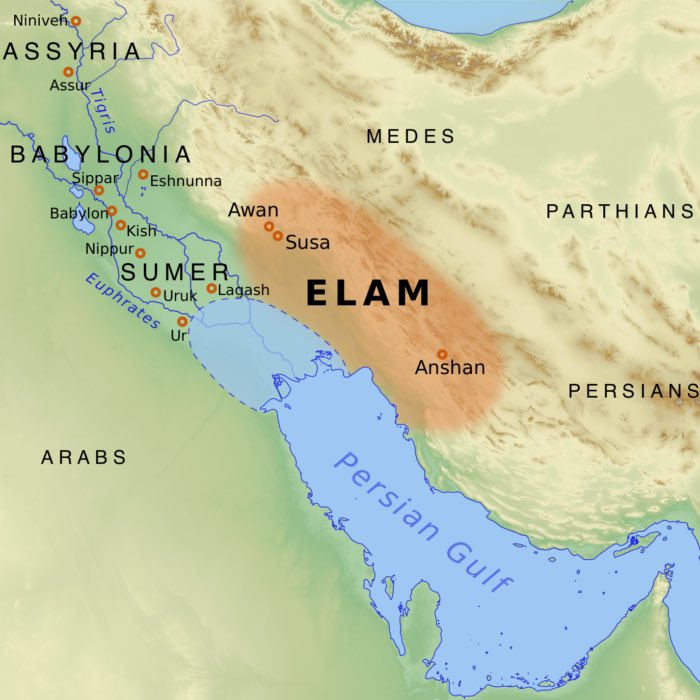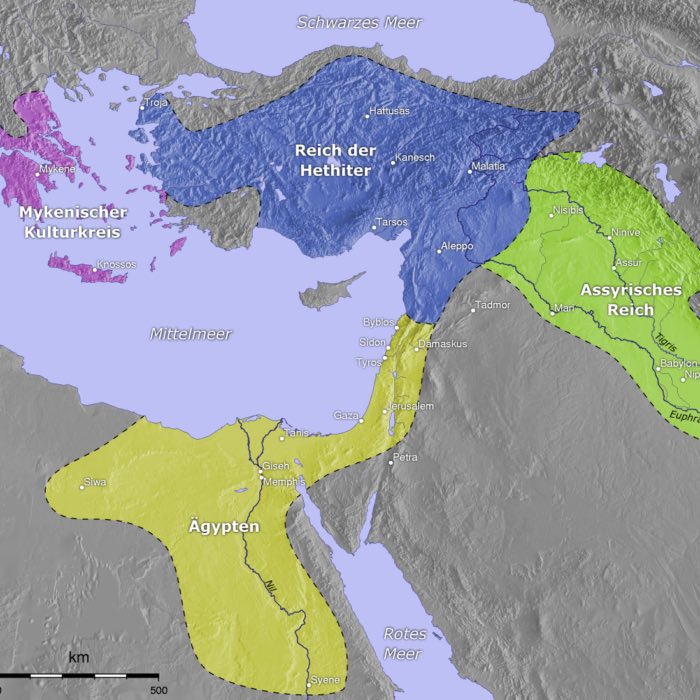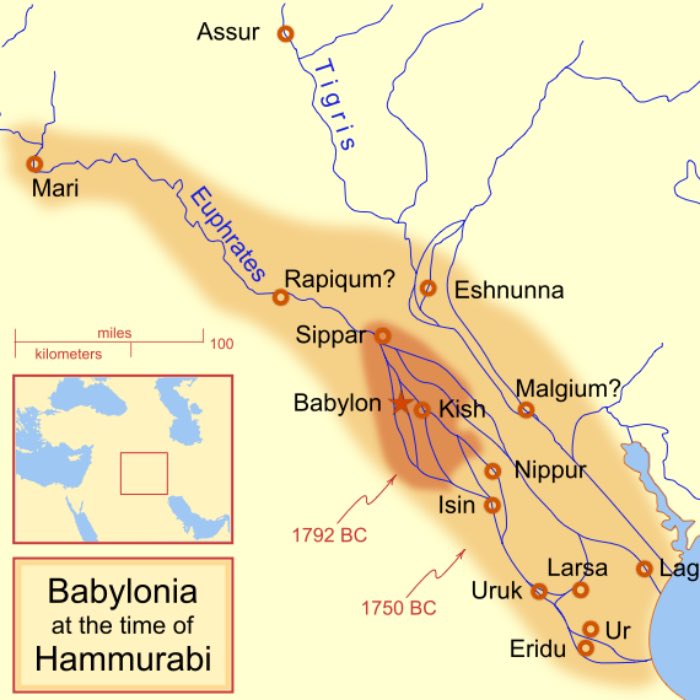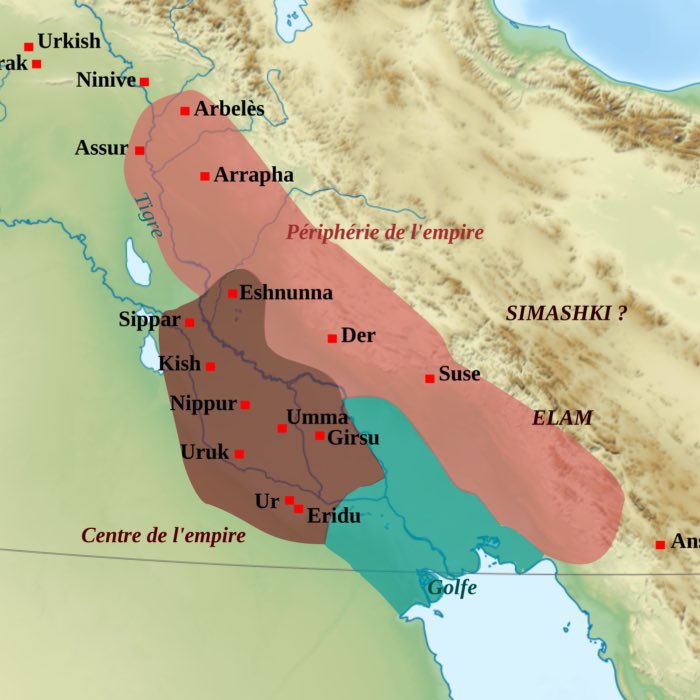Weekend Stories
I enjoy going exploring on weekends (mostly). Here is a collection of stories and photos I gather along the way. All posts are CC BY-NC-SA licensed unless otherwise stated. Feel free to share, remix, and adapt the content as long as you give appropriate credit and distribute your contributions under the same license.
diary · tags · RSS · Mastodon · flickr · simple view · grid view · page 22/36
Assyria: A history of power, expansion, and cultural legacy
Assyria, a civilization centered in the northern Mesopotamian region along the Tigris River, stands as one of the most formidable and enduring powers of the ancient Near East. From its humble beginnings as a small trading outpost in the city of Ashur during the early Bronze Age, Assyria evolved into a vast empire that at its height dominated much of the Near East, from the Mediterranean Sea to the Iranian Plateau and from Anatolia to Egypt. Known for its military prowess, administrative innovations, and cultural achievements, Assyria left an indelible mark on the history of the ancient world. Its ability to integrate diverse peoples and lands into a cohesive empire, supported by a centralized bureaucracy and advanced military strategy, exemplifies the complexity of ancient imperial systems. Yet, Assyria’s rise and fall also reflect the fragility of ancient states, shaped by both external pressures and internal dynamics.
Ugarit: A crossroads of ancient cultures and religion
Ugarit, an ancient city-state located on the northern coast of modern-day Syria, flourished during the second millennium BCE as a significant cultural, economic, and religious hub in the ancient Near East. Known today primarily through the discovery of its extensive cuneiform archives, Ugarit offers an unparalleled window into the complexity of Bronze Age societies. Its strategic position on the Mediterranean coast made it a vital link in trade networks connecting Mesopotamia, Anatolia, Egypt, and the Aegean world. At the same time, Ugarit’s cultural and religious contributions — particularly its role in the development of early alphabetic writing and its extensive mythological corpus — had a profound influence on subsequent civilizations, including the Hebrew and Greek traditions.
The Epic of Gilgamesh
The Epic of Gilgamesh, widely regarded as the oldest surviving work of epic literature, stands as a monumental achievement of ancient Mesopotamian culture. Composed in the Sumerian and later Akkadian languages, the poem explores profound themes of friendship, mortality, and the human desire for meaning. Originating in the third millennium BCE and refined into a cohesive epic during the second millennium BCE, it tells the story of Gilgamesh, a historical king of Uruk, whose legendary exploits transcend his earthly reign to grapple with universal questions of existence. The Epic of Gilgamesh also contains a striking parallel to the biblical story of Noah and the Flood, as seen in its depiction of Utnapishtim, a character who survives a divine deluge. This shared narrative highlights the cultural and literary interplay between Mesopotamian mythology and later religious traditions, demonstrating how ancient stories evolved and were adapted across civilizations.
The Babylonian creation myth
The Babylonian creation myth, preserved in the epic poem Enuma Elish, stands as one of the most profound and influential works of ancient Mesopotamian literature. Composed during the reign of Hammurabi’s successors in the first millennium BCE, the poem reflects not only the cosmological beliefs of the Babylonians but also their societal structures, theological priorities, and the legitimization of political power. Its narrative, centered around the triumph of the god Marduk, weaves together themes of chaos, creation, divine kingship, and cosmic order, offering a window into the cultural and intellectual framework of ancient Babylon.
Mesopotamian technologies and sciences: The foundations of human progress
The ancient Mesopotamians, inhabitants of the fertile region between the Tigris and Euphrates rivers, were pioneers in the development of techniques and sciences that profoundly influenced the trajectory of human civilization. From innovative agricultural practices and engineering feats to the formulation of mathematical, astronomical, and medical knowledge, Mesopotamia represents a crucible of early scientific and technological progress.
The Mesopotamian lapis lazuli trade route and other trade networks: The foundations of civilization
Trade has always been a cornerstone of human civilization, facilitating the exchange of goods, ideas, and cultural practices. In ancient Mesopotamia, one of the earliest cradles of urbanization, trade played a crucial role in the emergence and sustenance of city-states. Among the many trade routes that connected Mesopotamia to surrounding regions, the lapis lazuli route to Central Asia stands out as one of the most significant, predating the Silk Road by millennia.
The Elamite civilization: A cultural and political powerhouse of ancient Iran
The Elamite civilization, flourishing between approximately 2700 BCE and 539 BCE, was a significant and complex society located in the region corresponding to modern-day southwestern Iran. As one of the earliest civilizations in the Near East, Elam played a crucial role in shaping the cultural and political dynamics of ancient Mesopotamia and beyond. Renowned for its advanced administration, artistic achievements, and interactions with neighboring civilizations, Elam represents a vital link in the broader narrative of early human development.
The Hitite Empire
The Hittite Empire, which flourished between approximately 1600 BCE and 1200 BCE, was one of the most powerful and influential civilizations of the ancient Near East. Centered in Anatolia (modern-day Turkey), the Hittites played a critical role in shaping the political, military, and cultural landscape of the Late Bronze Age. Known for their advanced legal system, military innovations, and extensive interactions with neighboring civilizations such as Mesopotamia and Egypt, the Hittite Empire represents a cornerstone in the study of early complex societies.
Babylon and the rise of Hammurabi: Foundations of Mesopotamian hegemony
The rise of Babylon under the rule of Hammurabi in the early second millennium BCE marks one of the most transformative periods in Mesopotamian history. From its modest origins as a minor city-state in central Mesopotamia, Babylon grew into a dominant political and cultural force under Hammurabi’s leadership (reigned ca. 1792–1750 BCE). Hammurabi not only expanded Babylon’s territorial reach but also laid the foundations for its enduring legacy as a center of power and culture in the ancient Near East. His reign is most famously associated with the creation of the Code of Hammurabi, a comprehensive legal framework that exemplified the principles of justice and governance in the ancient world.
Ur and the Neo-Sumerian period: The resurgence of Sumerian civilization
The Neo-Sumerian Period, often referred to as the Third Dynasty of Ur (Ur III, ca. 2112–2004 BCE), represents a remarkable resurgence of Sumerian civilization following the decline of the Akkadian Empire and the instability caused by Gutian incursions. Centered in the city of Ur, this era is celebrated for its administrative sophistication, economic reforms, monumental architecture, and cultural renaissance. It marked the final flourishing of Sumerian dominance in Mesopotamia before the region transitioned into the era of Amorite and Babylonian hegemony.
